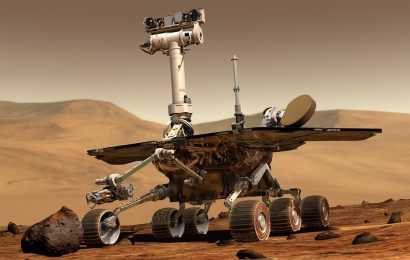Scientists discovered the one ancestor of all flowers on Earth and it resembles a water lily
The 140-million-year-old flower was bisexual, being both the mother and father of all the flowering plants that are around the Earth today. Even though there are no fossils of the plant, scientists put together a range of data that led them to the conclusion that the flower may be a water lily.
By doing so, it managed to start an ecological revolution that changed everything that we know.
The first flowering plant, or angiosperm, was far from being complicated; it was made up from layered petals and had both male and female reproductive organs.
It first came out during dinosaurs’ era and brightened the planet that until then had been populated by ferns, horsetails and moss.
Along with brightening the planet, the flowers also brought huge changes to the ecosystems. They led to the evolution of pollinating insects such as bees, which are now vital to the existence of life on Earth.
However, it is still hard to understand their origins given the fact that there are few fossils around the world from these early flowers.
When it comes to the exterior of the plant, the ancient flower looks similar to a water lily given the fact that its key feature is represented by multiple whorls of petal-like structures, arranged in sets of three.
The male and female organs were separated from each other: within the flower head there were (male) stamens that shed pollen towards the centre and a spiral of raised (female) carpels.
The researchers mentioned: “In spite of similarities with some extant (present day) flowers, there is no living species that shares this exact combination of characters.”
The team of researchers concluded: “The origin of the angiosperm flower remains among the most difficult and most important unresolved topics in evolutionary biology.
“These results are a major step forward for understanding the origin of floral diversity and evolution in angiosperms as a whole.”
source: independent.co.uk



